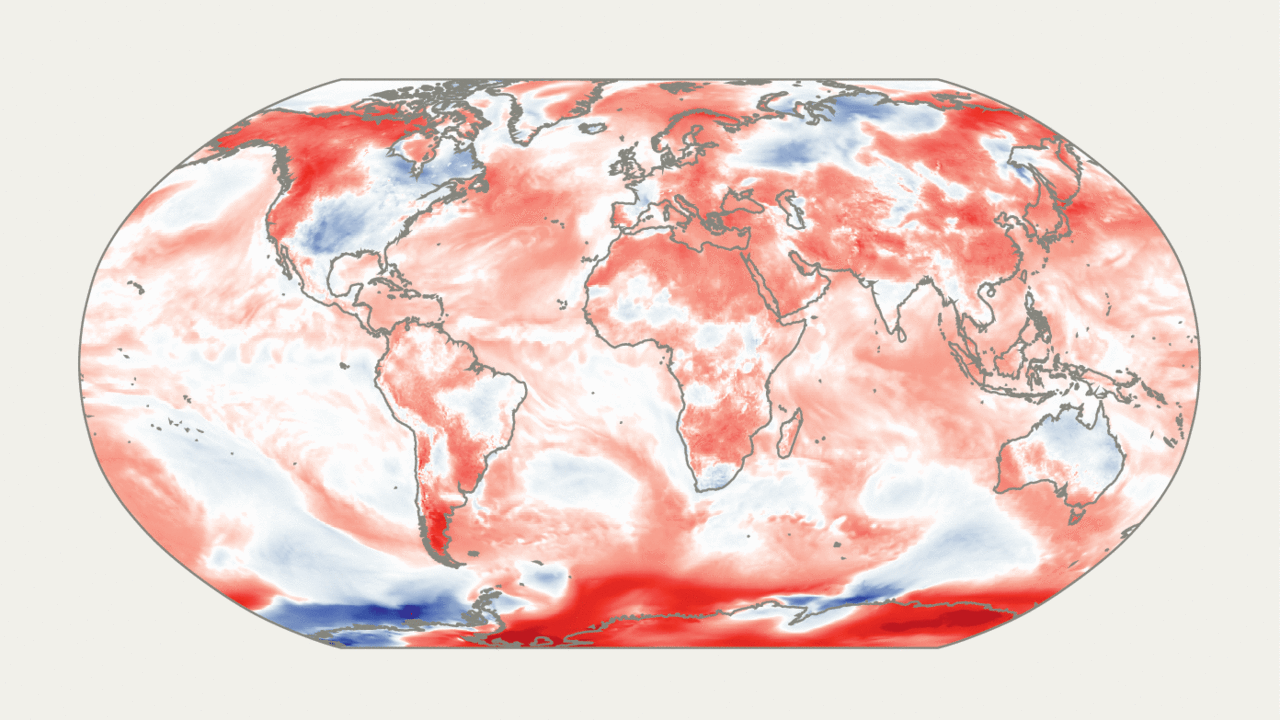Neighbours fear that Afghan refugees could spark civil conflict
New research shows those fears are misplaced

THOUSANDS OF CIVILIANS have fled Afghanistan this year to escape the Taliban. By the end of the year, the United Nations reckons, the exodus of refugees in the region could reach half a million. Many will seek sanctuary in neighbouring Pakistan, already home to an estimated 1.4m Afghan refugees. But the government in Islamabad has insisted that it cannot welcome any more, warning that a flood of new migrants would contribute to instability. Since the 9/11 attacks it has sought to paint Afghan exiles as instigators of conflict and refugee camps as sanctuaries for terrorists.
But research on the link between refugees and civil conflict suggests that such fears are overblown. In a recent paper, Yang-Yang Zhou of the University of British Columbia and Andrew Shaver of the University of California, Merced analysed the locations of 2,511 refugee sites in 70 countries from 1990 to 2018 to determine whether areas that hosted refugee communities experienced more armed civil conflict than those that did not (see map). After controlling for factors including population size, GDP and distance from a country’s capital, they found that the presence of refugee settlements did not increase the probability of conflict. In fact, under certain circumstances, the presence of refugees made conflict less likely.
More from Graphic detail

Which countries would be most affected by a second Trump term?
A ranking of America’s 70 largest trading partners

How long would it take to read the greatest books of all time?
The Economist consulted bibliophile data scientists to bring you the answer

Why 2024 could become the hottest year on record
Global temperatures reach record highs twice in less than a week
Donald Trump is now the oldest candidate to run for president
But America’s issue with ageing politicians goes beyond the White House
Which country has the most Olympic medals?
One dominates. But a tiny island shows there are numerous ways to measure sporting prowess
Can America afford its debts?
Public debt stands at 98% of GDP. Neither Democrats nor Republicans are helping